Trooping The Colour; The Queen’s ‘Official’ Birthday – Alex Coplestone-Crow
Those who follow the British army will no doubt know that the Queens Birthday Parade, colloquially known as ‘trooping the colour’, took place in London last Saturday. This world famous parade, which celebrates the monarch’s official birthday, ( a tradition started by King George II in 1748. As his birthday fell in the middle of winter, he created the idea of a public celebration in the summer. ) takes place every year on horse-guard’s parade, and involves, in all, 8 separate regiments, all with deep and intricate histories. There is no time to bore you with those histories, but those regiments are (in order of seniority);
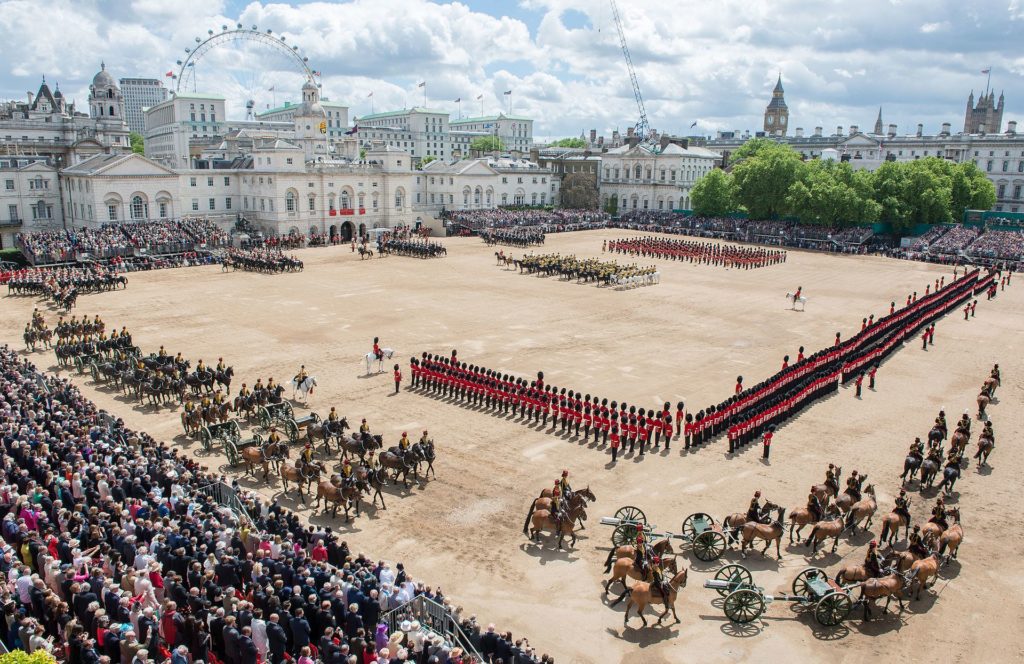
-The King’s Troop Royal Horse Artillery
The Mounted Regiment Household Cavalry, made up of:
-The Life Guards
-The Blues and Royals
The line infantry, made up of:
-The Grenadier Guards
-The Coldstream Guards
-The Scots Guards
-The Irish Guards
-The Welsh Guards
Each regiment has their own uniforms (see below) with subtle differences, but the 5 foot guards are the most recognisable; in their bearskin caps, red tunics, and mirrored boots, they are unmistakable. But what most observers don’t realise is that these soldiers have a duel role. They are both the ceremonial guard of the monarch, and frontline forces.

The guards are a vital part of the structure of the army, as some of our best trained, and best led troops we have to offer. What people, especially tourists, fail to realise is that these soldiers in the funny hats are the real deal; the Coldstream guards, for example, have taken part in every major British conflict since they were formed, in Cromwell’s new model army, in 1650. 44 Victoria Crosses have been awarded to guardsmen since the Crimean War.
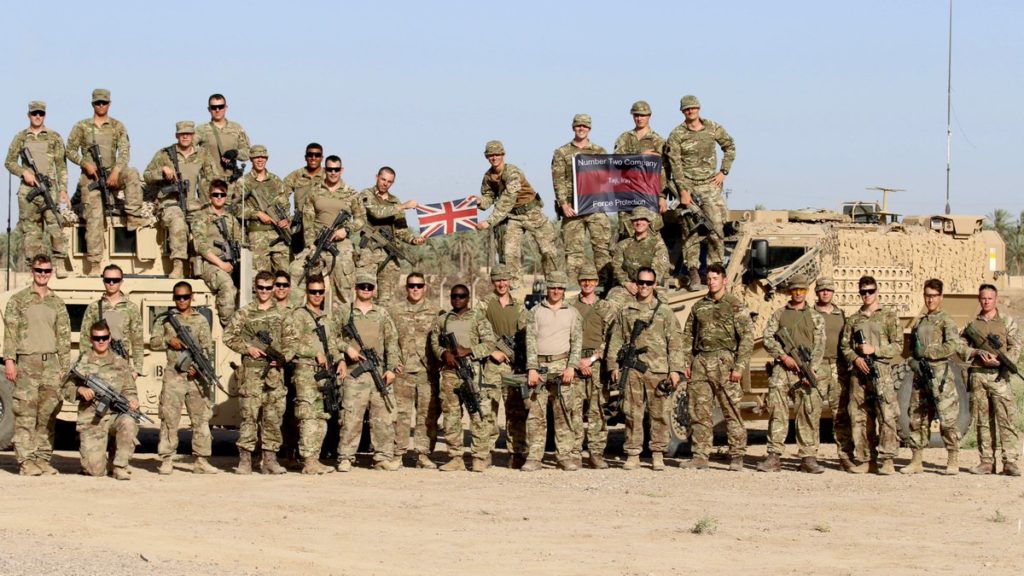
But does all this pomp and show really mean anything? Surely it’s useless in the context of a modern fighting force. The intricate process of the parade, which is often scrutinised, by armchair critics like myself, in huge detail, from the straightness of dressing to the performance of the bands, is part of a wider emphasis that the army puts on drill.
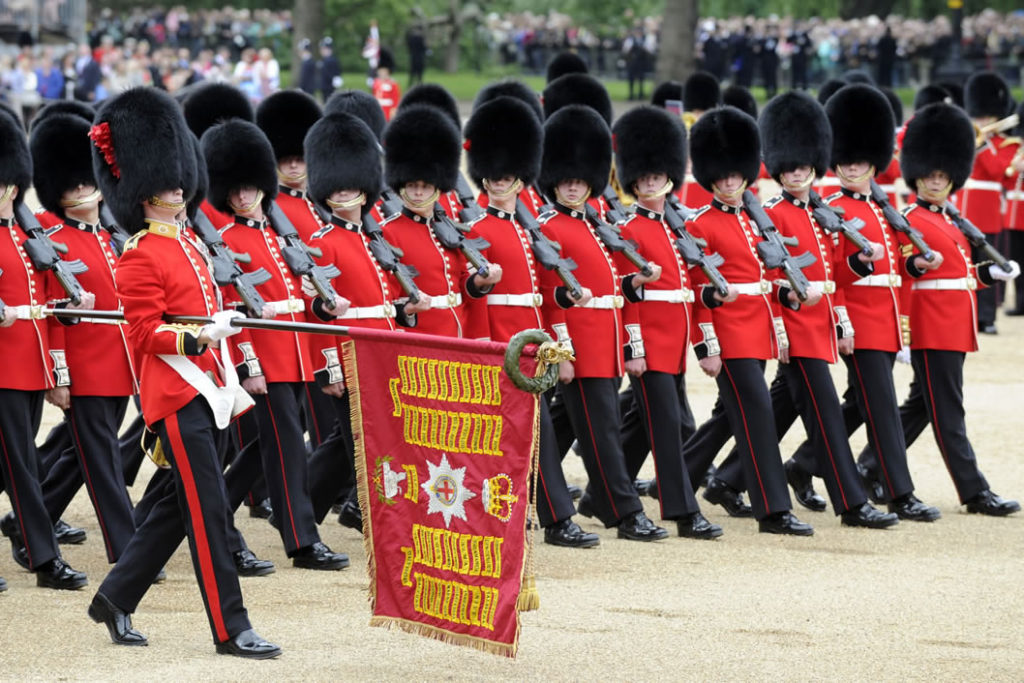
‘Drill is a pill which should be taken twice daily’ is a phrase that many in the CCF will be familiar with; it promotes the idea that drill, ie marching, is an essential aspect of military discipline. The direct response to commands, the ability to move in formation, and the skill of handling a weapon are all vital to a functioning army, and all these skills are taught through drill. This continues to be true at RHS, even to this day.

The parade is seen as the epitome of the ceremonial year, as the guards show of their skill and coordination. The event brings world wide audiences, who flock to see the ‘trooping of the colour’. However, this is actually not what they are witnessing; that name describes one small part of the event.
Trooping the colour describes the act of parading a regimental colour, which represents the sacrifice and battle honours of each regiment (the school has one of these, paraded occasionally on divisions) through the ranks of foot guards.

The Household Cavalry regiments have standards, which are paraded every year, and The Kings Troop use their lead gun as their ‘colour’. The 13-pounder gun, which acts as their colour, saw service in the First World War, and is said to have fired the first shots at the Battle of The Somme. After the parade, the King’s Troop fire a 41 gun salute, in the adjacent Green Park.
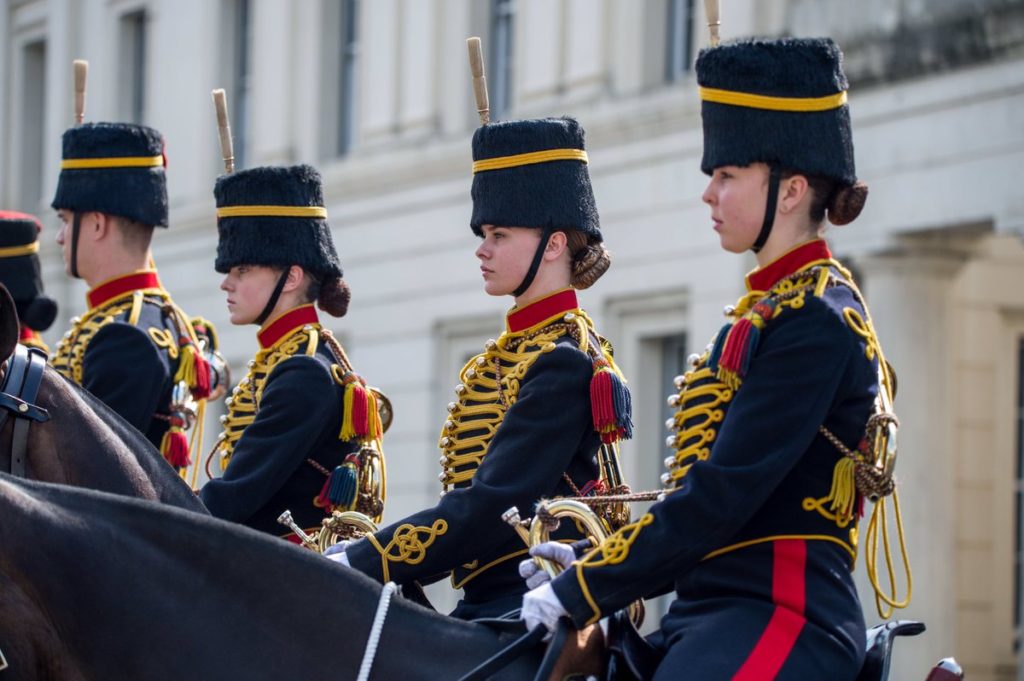
Every year, one of the 5 regiments are chosen to have the honour of parading their colour. This year, the 1st battalion Grenadier Guards trooped their colour, carried by ensign, 2nd Lieutenant Robert Mackworth-Young. The parade as a whole is far more than just this ceremony, including an inspection, march pasts in slow and quick march, and trot and walk pasts by the cavalry.

It is an established part of both royal and military culture in Britain – four of the regiments have royal colonels, the Duke of York being both our royal patron and the colonel of the Grenadier Guards. In this sense, RHS has a link with the parade, as well as at least one RHS old boy participating in this year’s parade, as posted on the RHS CCF Twitter page.
But it’s not just for show. The event as a whole, including rehearsals and the prior parade, ‘beating retreat’ bring huge crowds, and promise major economic benefits for London. Each year, the royal family contributes around £1.8 billion to the tourism economy in England, and these military ceremonies are a large part of that.

If you were not able to catch this year’s parade, it is available on BBC iPlayer, and will, of course, be staged next year on horse-guards parade.
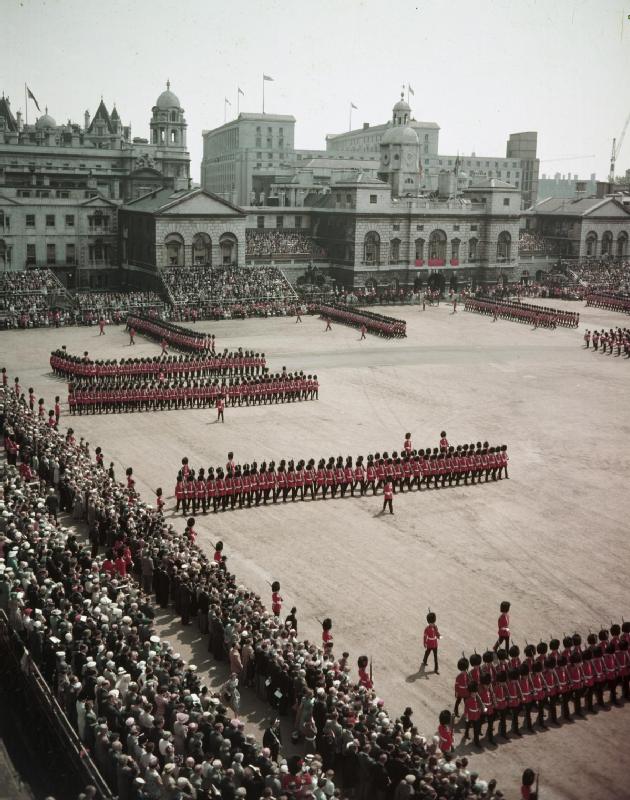

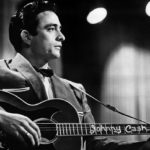

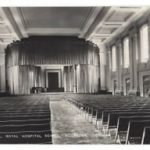










Post Comment
You must be logged in to post a comment.